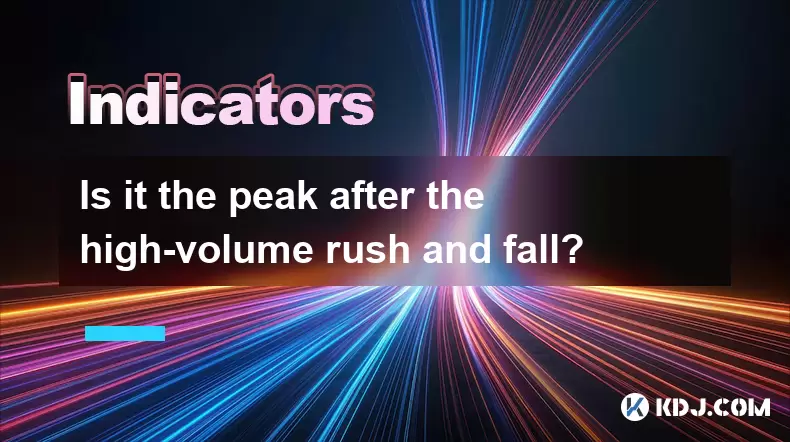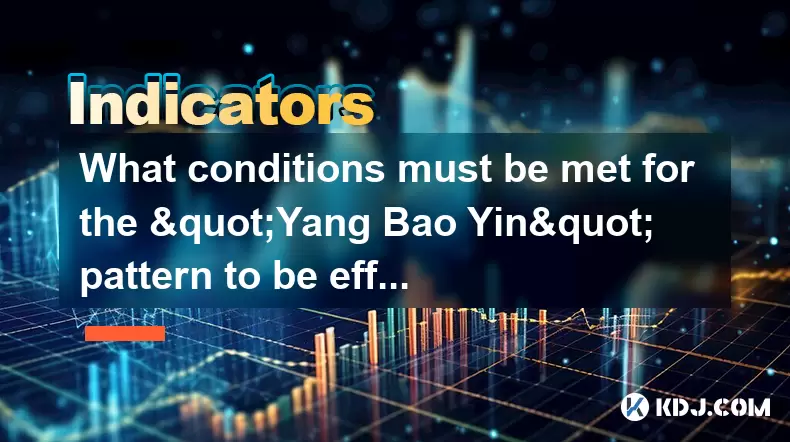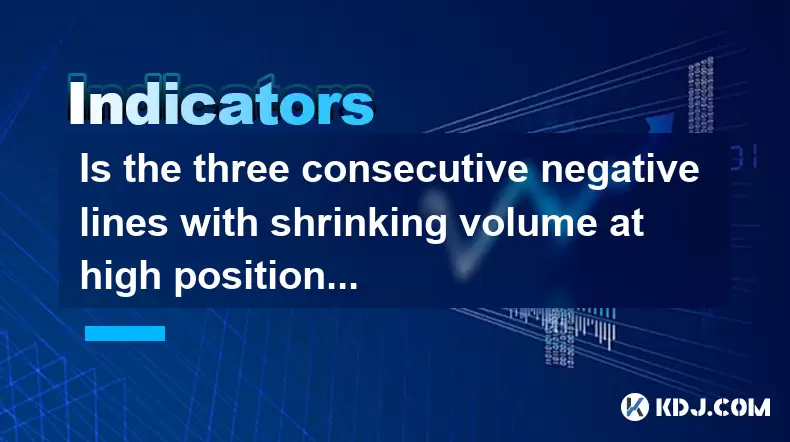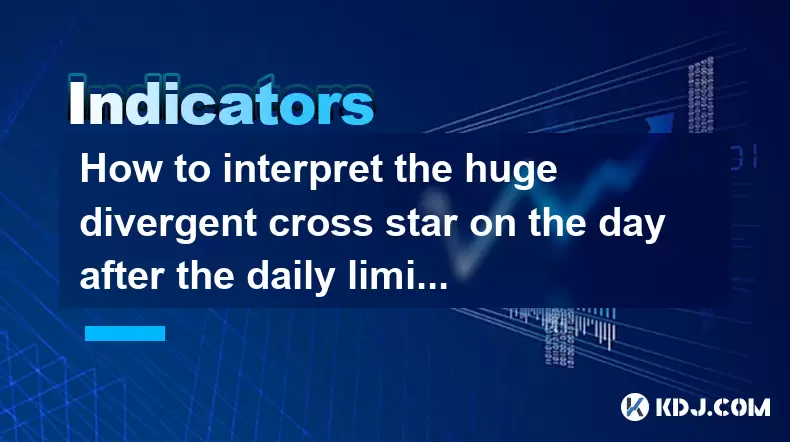-
 Bitcoin
Bitcoin $105,053.8967
0.28% -
 Ethereum
Ethereum $2,536.9103
0.49% -
 Tether USDt
Tether USDt $1.0004
0.01% -
 XRP
XRP $2.1735
1.51% -
 BNB
BNB $650.9659
-0.36% -
 Solana
Solana $146.0013
1.03% -
 USDC
USDC $1.0000
0.01% -
 Dogecoin
Dogecoin $0.1776
1.66% -
 TRON
TRON $0.2700
-1.20% -
 Cardano
Cardano $0.6367
0.08% -
 Hyperliquid
Hyperliquid $41.5154
4.36% -
 Sui
Sui $3.0303
1.00% -
 Bitcoin Cash
Bitcoin Cash $436.0395
5.03% -
 Chainlink
Chainlink $13.1926
-0.32% -
 UNUS SED LEO
UNUS SED LEO $9.0306
-0.41% -
 Stellar
Stellar $0.2595
0.37% -
 Avalanche
Avalanche $19.1528
0.37% -
 Toncoin
Toncoin $3.0008
1.46% -
 Shiba Inu
Shiba Inu $0.0...01218
4.24% -
 Hedera
Hedera $0.1597
4.06% -
 Litecoin
Litecoin $86.1907
2.88% -
 Polkadot
Polkadot $3.8078
-0.27% -
 Ethena USDe
Ethena USDe $1.0005
0.02% -
 Monero
Monero $315.3789
0.26% -
 Dai
Dai $0.9999
0.01% -
 Bitget Token
Bitget Token $4.5446
0.46% -
 Pepe
Pepe $0.0...01114
4.48% -
 Uniswap
Uniswap $7.3261
1.15% -
 Pi
Pi $0.5867
5.21% -
 Aave
Aave $276.8268
-2.40%
Is it the peak after the high-volume rush and fall?
High-volume rushes in crypto markets often lead to sharp price falls; understanding market dynamics and using technical analysis can help identify peaks.
Jun 09, 2025 at 12:07 am

The cryptocurrency market is known for its volatility, and periods of high-volume rush and subsequent falls are common occurrences. When discussing whether a peak has been reached after such a cycle, it's essential to delve into several aspects of market behavior and analysis. This article aims to explore the dynamics of high-volume rush and fall in the crypto market, analyze whether these events signify a peak, and provide insights into how traders and investors can navigate these situations.
Understanding High-Volume Rush and Fall in Cryptocurrency Markets
A high-volume rush in the cryptocurrency market refers to a period where there is a significant increase in trading volume, often accompanied by a sharp rise in prices. This can be driven by various factors such as positive news, regulatory developments, or market sentiment. Conversely, a fall after such a rush indicates a rapid decline in prices, often with continued high trading volume.
The dynamics of these events are crucial to understanding market behavior. High-volume rushes are typically characterized by FOMO (Fear of Missing Out), where traders and investors jump into the market to capitalize on the upward trend. When the market reaches a point where the selling pressure outweighs the buying pressure, a fall ensues, leading to a correction or even a bear market.
Analyzing Whether the Peak Has Been Reached
Determining whether a peak has been reached after a high-volume rush and fall involves a multifaceted approach. Technical analysis plays a significant role, where traders use various indicators and chart patterns to identify potential peaks and troughs. For instance, resistance levels often indicate where the price has historically struggled to move beyond, suggesting a potential peak.
Volume analysis is another critical tool. A peak might be signaled if the volume starts to decline after a high-volume rush, indicating waning interest and potential exhaustion of buying power. Additionally, market sentiment can provide clues; if the sentiment shifts from bullish to bearish, it could signify that the peak has been reached.
Historical Examples of High-Volume Rush and Fall
Looking at historical examples can offer valuable insights into whether a peak has been reached. One notable instance is the Bitcoin surge in late 2017, where the price skyrocketed to nearly $20,000, driven by a high-volume rush. Following this peak, a significant fall occurred, with prices dropping to around $3,000 by the end of 2018. This example illustrates how a high-volume rush can indeed lead to a peak followed by a substantial fall.
Another example is the Ethereum boom in 2021, where the price reached an all-time high of around $4,800. This was followed by a sharp decline, with prices falling to below $2,000 within months. These cases highlight the importance of understanding market cycles and recognizing when a peak might have been reached.
Indicators and Tools for Identifying Peaks
Several indicators and tools can help traders and investors identify whether a peak has been reached after a high-volume rush and fall. Moving averages are widely used to smooth out price data and identify trends. When shorter-term moving averages cross below longer-term averages, it can signal a potential peak.
Relative Strength Index (RSI) is another valuable tool. An RSI value above 70 typically indicates an overbought condition, suggesting that a peak might be near. Conversely, an RSI below 30 indicates an oversold condition, which could signal a buying opportunity after a fall.
Candlestick patterns also provide insights. Patterns such as shooting stars or bearish engulfing can indicate that a peak has been reached and a reversal might be imminent.
Strategies for Navigating High-Volume Rush and Fall
Navigating the cryptocurrency market during periods of high-volume rush and fall requires a well-thought-out strategy. Diversification is key; spreading investments across different assets can mitigate risk. Additionally, setting stop-loss orders can help protect against significant losses during a fall.
For those looking to capitalize on these events, scalping and day trading strategies can be effective. These involve taking advantage of short-term price movements, buying low during a fall and selling high during a rush. However, these strategies require a deep understanding of market dynamics and a high tolerance for risk.
Long-term investing is another approach, where investors hold onto their assets through the ups and downs, believing in the long-term potential of the cryptocurrency. This strategy can be less stressful but requires patience and a strong belief in the asset's future value.
Psychological Factors in High-Volume Rush and Fall
The psychological aspect of trading plays a significant role in high-volume rush and fall scenarios. Greed often drives the rush, as traders and investors seek to maximize gains. Conversely, fear can trigger a fall, as participants rush to sell and cut their losses.
Understanding and managing these emotions is crucial. Discipline and risk management are essential to navigating these volatile periods successfully. Traders should set clear goals and stick to their strategies, avoiding impulsive decisions driven by market euphoria or panic.
Case Studies: Real-World Examples of High-Volume Rush and Fall
Examining real-world case studies can provide practical insights into high-volume rush and fall dynamics. Consider the Dogecoin surge in early 2021, driven by social media hype and endorsements from high-profile figures. The price soared to over $0.70, only to fall back to around $0.05 within months. This example shows how quickly a peak can be reached and how steep the fall can be.
Another case study is the Cardano (ADA) rally in 2021, where the price reached an all-time high of around $3.10. Following this peak, a significant fall occurred, with prices dropping to below $1. These examples underscore the importance of recognizing when a peak has been reached and preparing for potential falls.
Frequently Asked Questions
Q1: How can I tell if a high-volume rush is sustainable or just a short-term spike?
A1: Determining the sustainability of a high-volume rush involves analyzing several factors. Fundamental analysis can help assess whether the rush is driven by solid underlying factors such as technological advancements or increased adoption. Additionally, monitoring trading volume over time can indicate whether the rush is supported by sustained interest or is just a short-term spike. If the volume continues to be high and the price remains stable or continues to rise, it might suggest a sustainable trend. Conversely, if the volume drops sharply after the initial rush, it could indicate a short-term spike.
Q2: What are some common mistakes traders make during high-volume rush and fall events?
A2: Common mistakes include chasing the market during a rush, buying at the peak due to FOMO, and panic selling during a fall. Traders often fail to set stop-loss orders, which can lead to significant losses. Another mistake is overleveraging, using too much borrowed money to trade, which can amplify losses during a fall. Additionally, ignoring risk management and not diversifying their portfolio are critical errors that can exacerbate the impact of a high-volume rush and fall.
Q3: How does market manipulation affect high-volume rush and fall events?
A3: Market manipulation can significantly impact high-volume rush and fall events. Pump and dump schemes are a common form of manipulation, where prices are artificially inflated through coordinated buying (pump) and then sold off (dump), leading to a fall. Whale activity, where large holders move significant amounts of cryptocurrency, can also influence market dynamics, creating artificial rushes and falls. Recognizing these patterns and being cautious of sudden, unexplained price movements can help traders navigate manipulated markets.
Q4: Can regulatory news trigger a high-volume rush and subsequent fall?
A4: Yes, regulatory news can indeed trigger high-volume rush and fall events. Positive regulatory developments, such as the approval of a cryptocurrency ETF or favorable legislation, can lead to a rush as investors become more confident in the market. Conversely, negative regulatory news, such as crackdowns on cryptocurrency exchanges or restrictions on trading, can cause a fall as investors become wary of potential risks. Staying informed about regulatory developments and understanding their potential impact on the market is crucial for traders and investors.
Disclaimer:info@kdj.com
The information provided is not trading advice. kdj.com does not assume any responsibility for any investments made based on the information provided in this article. Cryptocurrencies are highly volatile and it is highly recommended that you invest with caution after thorough research!
If you believe that the content used on this website infringes your copyright, please contact us immediately (info@kdj.com) and we will delete it promptly.
- Despite the news that Binance will delist the token on May 2, Alpaca Finance shocked the cryptocurrency market with a 1,100% price increase in the last week.
- 2025-06-14 20:50:13
- Ripple Reportedly Offered $4–5 Billion to Acquire Circle, the Issuer of USDC
- 2025-06-14 20:50:12
- Bitcoin (BTC) Price Prediction: Targeting $351,046 in 2025
- 2025-06-14 20:45:13
- CIA Eyes Bitcoin as Strategic Tool for Payments and Intelligence
- 2025-06-14 20:45:13
- SBTs (Soulbound Tokens): The Next Phase of Decentralized Identity
- 2025-06-14 20:40:13
- Cathie Wood of Ark Invest Predicts Bitcoin (CRYPTO: BTC) Will Hit a Price of $2.4 Million by the Year 2030
- 2025-06-14 20:40:13
Related knowledge

How to calculate the probability of trend continuation after the MACD column divergence?
Jun 14,2025 at 08:01am
Understanding MACD Column DivergenceThe Moving Average Convergence Divergence (MACD) is a widely used technical indicator in cryptocurrency trading. The MACD column, also known as the histogram, represents the difference between the MACD line and the signal line. When price makes a new high or low but the MACD histogram does not confirm this movement, a...

What are the volume requirements for adjusting the K line in the "rising three methods" pattern?
Jun 14,2025 at 07:50am
Understanding the 'Rising Three Methods' Pattern in Cryptocurrency TradingThe 'rising three methods' pattern is a bullish continuation candlestick formation that traders often use to identify potential upward momentum in cryptocurrency price charts. This pattern typically appears during an uptrend and suggests that the trend is likely to continue after ...

What conditions must be met for the "Yang Bao Yin" pattern to be effective?
Jun 14,2025 at 06:42am
Understanding the 'Yang Bao Yin' Pattern in Cryptocurrency TradingThe Yang Bao Yin pattern is a candlestick formation commonly observed in technical analysis within the cryptocurrency market. This pattern typically signals a potential bullish reversal after a downtrend. However, for this pattern to be effective and reliable, certain conditions must be m...

Is the three consecutive negative lines with shrinking volume at high positions a signal that the main force has finished shipping?
Jun 14,2025 at 09:56am
Understanding the Concept of Three Consecutive Negative LinesIn cryptocurrency trading, three consecutive negative lines refer to a situation where an asset's price chart shows three successive candlesticks with closing prices lower than their opening prices. This pattern typically indicates bearish sentiment in the market. When this occurs at high posi...

Is it an opportunity for the long positive line with large volume to break through the platform and then shrink back?
Jun 14,2025 at 04:42am
Understanding the Long Positive Line with Large VolumeIn technical analysis, a long positive line refers to a candlestick pattern where the closing price is significantly higher than the opening price, often indicating strong buying pressure. When this occurs alongside large volume, it suggests that market participants are actively involved in pushing t...

How to interpret the huge divergent cross star on the day after the daily limit?
Jun 14,2025 at 02:35pm
Understanding the Divergent Cross Star PatternIn the realm of technical analysis within cryptocurrency trading, candlestick patterns are essential tools for predicting price movements. One such pattern is the divergent cross star, which appears as a doji or near-doji candle following a significant price move. When this pattern occurs the day after a dai...

How to calculate the probability of trend continuation after the MACD column divergence?
Jun 14,2025 at 08:01am
Understanding MACD Column DivergenceThe Moving Average Convergence Divergence (MACD) is a widely used technical indicator in cryptocurrency trading. The MACD column, also known as the histogram, represents the difference between the MACD line and the signal line. When price makes a new high or low but the MACD histogram does not confirm this movement, a...

What are the volume requirements for adjusting the K line in the "rising three methods" pattern?
Jun 14,2025 at 07:50am
Understanding the 'Rising Three Methods' Pattern in Cryptocurrency TradingThe 'rising three methods' pattern is a bullish continuation candlestick formation that traders often use to identify potential upward momentum in cryptocurrency price charts. This pattern typically appears during an uptrend and suggests that the trend is likely to continue after ...

What conditions must be met for the "Yang Bao Yin" pattern to be effective?
Jun 14,2025 at 06:42am
Understanding the 'Yang Bao Yin' Pattern in Cryptocurrency TradingThe Yang Bao Yin pattern is a candlestick formation commonly observed in technical analysis within the cryptocurrency market. This pattern typically signals a potential bullish reversal after a downtrend. However, for this pattern to be effective and reliable, certain conditions must be m...

Is the three consecutive negative lines with shrinking volume at high positions a signal that the main force has finished shipping?
Jun 14,2025 at 09:56am
Understanding the Concept of Three Consecutive Negative LinesIn cryptocurrency trading, three consecutive negative lines refer to a situation where an asset's price chart shows three successive candlesticks with closing prices lower than their opening prices. This pattern typically indicates bearish sentiment in the market. When this occurs at high posi...

Is it an opportunity for the long positive line with large volume to break through the platform and then shrink back?
Jun 14,2025 at 04:42am
Understanding the Long Positive Line with Large VolumeIn technical analysis, a long positive line refers to a candlestick pattern where the closing price is significantly higher than the opening price, often indicating strong buying pressure. When this occurs alongside large volume, it suggests that market participants are actively involved in pushing t...

How to interpret the huge divergent cross star on the day after the daily limit?
Jun 14,2025 at 02:35pm
Understanding the Divergent Cross Star PatternIn the realm of technical analysis within cryptocurrency trading, candlestick patterns are essential tools for predicting price movements. One such pattern is the divergent cross star, which appears as a doji or near-doji candle following a significant price move. When this pattern occurs the day after a dai...
See all articles

























































































